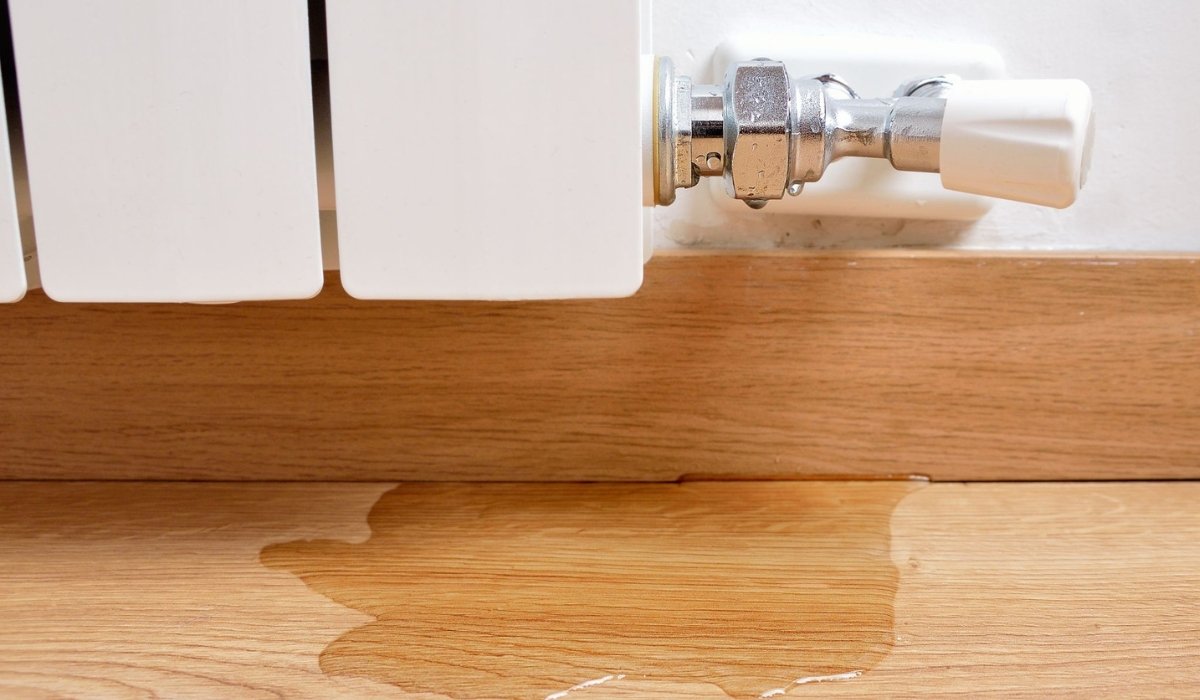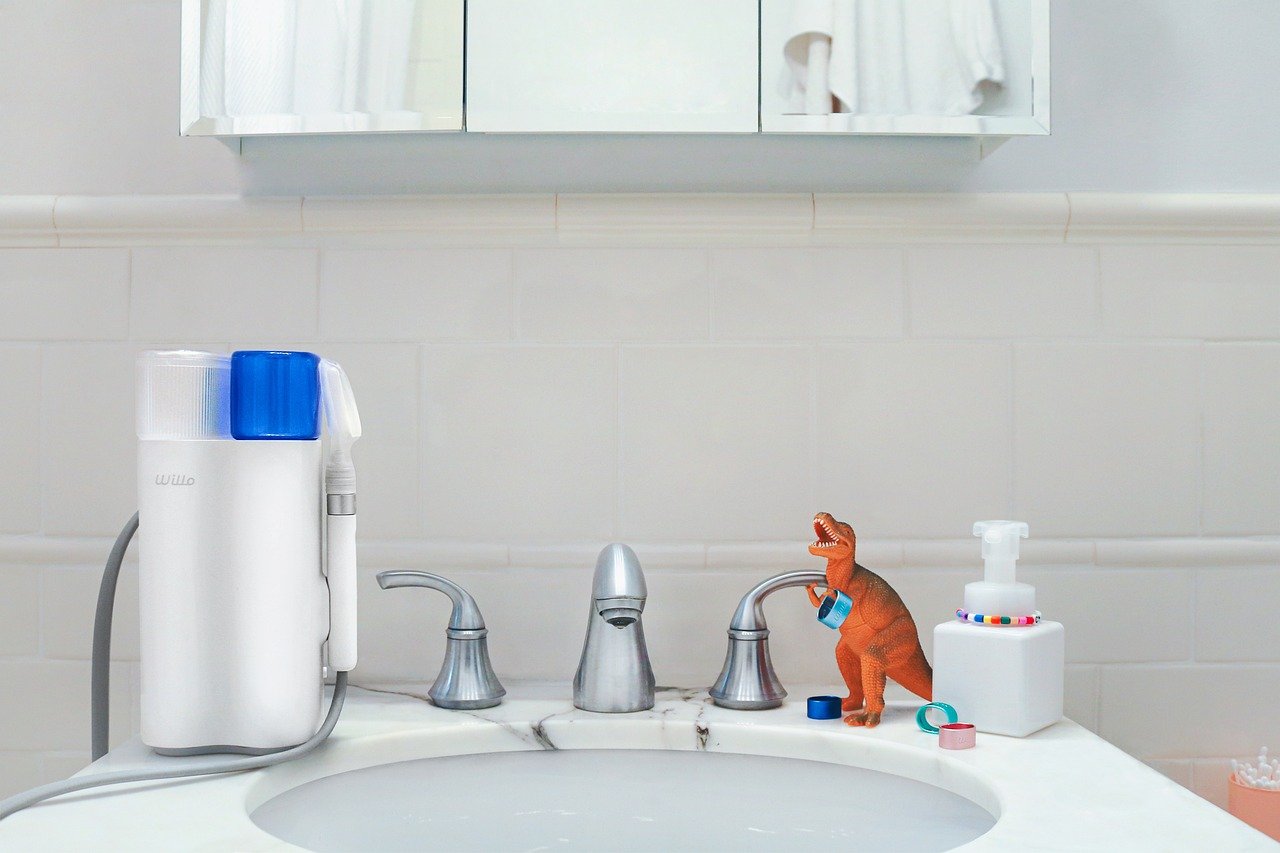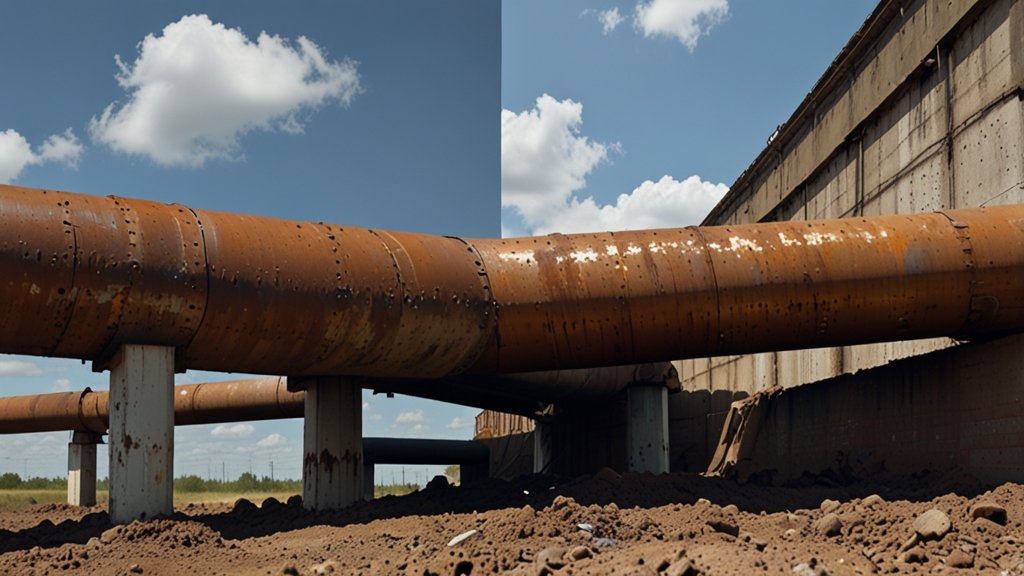Water damage can strike unexpectedly, wreaking havoc on your home and personal belongings. Whether it’s due to a burst pipe, a severe storm, or an appliance malfunction, taking immediate action is crucial to mitigate damage and prevent long-term issues such as mold growth.
To tackle water damage, we will walk you through the essential steps to take immediately after water damage occurs in your Prosper, TX home.
Immediate Actions to Take After Water Damage
Ensure Safety First
Your safety and that of your family should be the top priority when dealing with water damage. Follow these initial steps to ensure everyone remains safe:
Turn Off Electricity: Water and electricity are a dangerous combination. If safe, turn off the power to affected areas at the circuit breaker. If you cannot safely access the breaker, contact an electrician.
Avoid Contaminated Water: If the water is contaminated (e.g., sewage or floodwater), avoid contact with it. Wear protective gear like rubber boots, gloves, and masks if you must enter the affected area.
Evacuate if Necessary: In cases of severe flooding or structural damage, evacuate your home and seek temporary shelter until it is safe to return.
Identify and Stop the Source of Water
Determine the source of the water intrusion and stop it if possible. Common sources include burst pipes, leaking roofs, faulty appliances, and overflowing toilets. Turning off the main water supply can help stop further damage from leaks.
Document the Damage
Before starting any cleanup, document the damage for insurance purposes. Take clear photos and videos of all affected areas and damaged items. This documentation will be crucial when filing an insurance claim.
Contact Your Insurance Company
Notify your insurance company about the water damage as soon as possible. Provide them with the documentation you’ve gathered and follow their instructions for filing a claim. Understanding your coverage and the claims process can help expedite repairs and compensation.
Begin Water Removal
Start removing standing water immediately to prevent further damage and mold growth. Depending on the amount of water, you can use:
Pumps: Submersible pumps are effective for large amounts of water.
Wet/Dry Vacuums: Suitable for smaller areas with less water.
Buckets and Mops: For minor water accumulation, buckets and mops can suffice, though they are less efficient.
Dry the Affected Area
Thoroughly drying the affected area is critical to prevent mold growth and structural damage. Use the following tools and techniques:
Fans and Dehumidifiers: Place fans and dehumidifiers throughout the affected area to promote air circulation and remove moisture from the air.
Open Windows and Doors: Improve ventilation by opening windows and doors, allowing fresh air to circulate and help with the drying process.
Remove Wet Items: Take out wet furniture, carpets, and personal belongings to dry them separately. Items that cannot be salvaged should be discarded.
Clean and Disinfect
Floodwater can contain harmful bacteria and contaminants. After the area is dry, clean and disinfect all affected surfaces:
Cleaning Solution: Use a mixture of water and detergent to clean surfaces.
Disinfectant: Follow up with a disinfectant, such as a bleach solution (1 cup of bleach to 1 gallon of water), to kill any remaining bacteria and mold spores.
Inspect for Mold
Mold can begin to grow within 24 to 48 hours after water exposure. Inspect the affected areas for signs of mold, such as visible growth, musty odors, and discolored spots on walls and ceilings. If mold is present, consider hiring a professional mold remediation service to ensure it is thoroughly removed.
Remove and Replace Damaged Materials
Certain materials, such as drywall, insulation, and carpeting, can absorb water and are prone to mold growth. These materials should be removed and replaced if they have been significantly damaged:
Drywall and Insulation: Cut out and replace water-damaged drywall and insulation.
Flooring: Remove and replace soaked carpeting, padding, and wooden floors.
Furniture and Personal Items: Dispose of irreparably damaged furniture and personal items.
Preventing Future Water Damage
Maintain Your Home’s Plumbing System
Regularly inspect and maintain your home’s plumbing system to prevent leaks and burst pipes:
Check for Leaks: Routinely check under sinks, around toilets, and behind appliances for signs of leaks.
Replace Old Pipes: Consider replacing old or corroded pipes to reduce the risk of burst pipes.
Insulate Pipes: Insulate exposed pipes to prevent freezing and bursting during cold weather.
Ensure Proper Drainage
Proper drainage around your home can prevent water from pooling and seeping into your basement or foundation:
Clean Gutters and Downspouts: Regularly clean gutters and downspouts to ensure they direct water away from your home.
Landscape Grading: Ensure the ground around your home slopes away from the foundation to prevent water from pooling near the structure.
Install Water Detection Devices
Water detection devices can alert you to leaks or water buildup before significant damage occurs:
Water Alarms: Install water alarms in areas prone to leaks, such as basements, bathrooms, and near appliances.
Automatic Shutoff Systems: Consider installing an automatic shutoff system that can detect leaks and turn off the water supply to prevent extensive damage.
Protect Your Basement
If your home has a basement, take additional steps to protect it from flooding:
Sump Pumps: Install a sump pump to remove water that collects in your basement. Consider a battery backup system in case of power outages.
Sealing Cracks: Seal any cracks in your basement walls and floor to prevent water seepage.
Waterproofing: Consider professional waterproofing services to add an extra layer of protection against water intrusion.
FAQs
How soon should I start cleaning up after water damage?
It is crucial to start the cleanup process as soon as it is safe to do so. Water can cause significant damage and mold growth within 24 to 48 hours, so prompt action is necessary to mitigate these risks.
What are the common signs of water damage in my home?
Common signs of water damage include:
- Water stains on ceilings, walls, or floors
- Musty odors
- Peeling or bubbling paint
- Warped or buckled floors
- Visible mold growth
- Soft or spongy spots in walls or floors
Is water damage covered by homeowners insurance?
Coverage for water damage depends on the cause and your specific policy. Most homeowners insurance policies cover sudden and accidental water damage, such as from a burst pipe. However, they often do not cover damage from gradual leaks or flooding from natural disasters unless you have additional flood insurance.
How can I prevent mold growth after water damage?
To prevent mold growth after water damage:
- Remove standing water promptly
- Thoroughly dry the affected area using fans and dehumidifiers
- Remove and replace water-damaged materials
- Clean and disinfect all surfaces
- Monitor for signs of mold and address any issues immediately
Should I hire a professional for water damage cleanup?
For minor water damage, you may be able to handle the cleanup yourself. However, for significant damage, contaminated water, or if mold is present, it is best to hire a professional water damage restoration service. Professionals have the equipment and expertise to ensure thorough drying, cleaning, and repairs.
How long does it take to repair water damage?
The time it takes to repair water damage depends on the extent of the damage. Minor repairs may take a few days, while extensive repairs involving mold remediation, structural repairs, and material replacements can take several weeks.
Can I stay in my home during water damage repairs?
In most cases, you can stay in your home during water damage repairs, provided there are no health risks or significant structural issues. However, if mold is present or the damage is extensive, you may need to temporarily relocate until repairs are completed.
What should I do if I discover mold after water damage?
If you discover mold after water damage, address it immediately. Small areas of mold can be cleaned with a bleach solution, but larger infestations or mold in hidden areas should be handled by a professional mold remediation service to ensure complete removal.
Conclusion
Water damage is a daunting situation that can cause significant stress for homeowners in Prosper, TX. Acting swiftly to prioritize safety, halt the water source, document the extent of damage, and initiate immediate cleanup efforts are critical steps. These actions not only mitigate current damage but also safeguard against long-term repercussions such as mold growth and structural deterioration.
Implementing preventive measures and regular maintenance, coupled with enlisting the services of a reputable Prosper water damage restoration provider, ensures comprehensive restoration and protection against future incidents. By adhering to these practical measures, homeowners can maintain a secure and healthy living environment for their families amidst potential water-related challenges.










